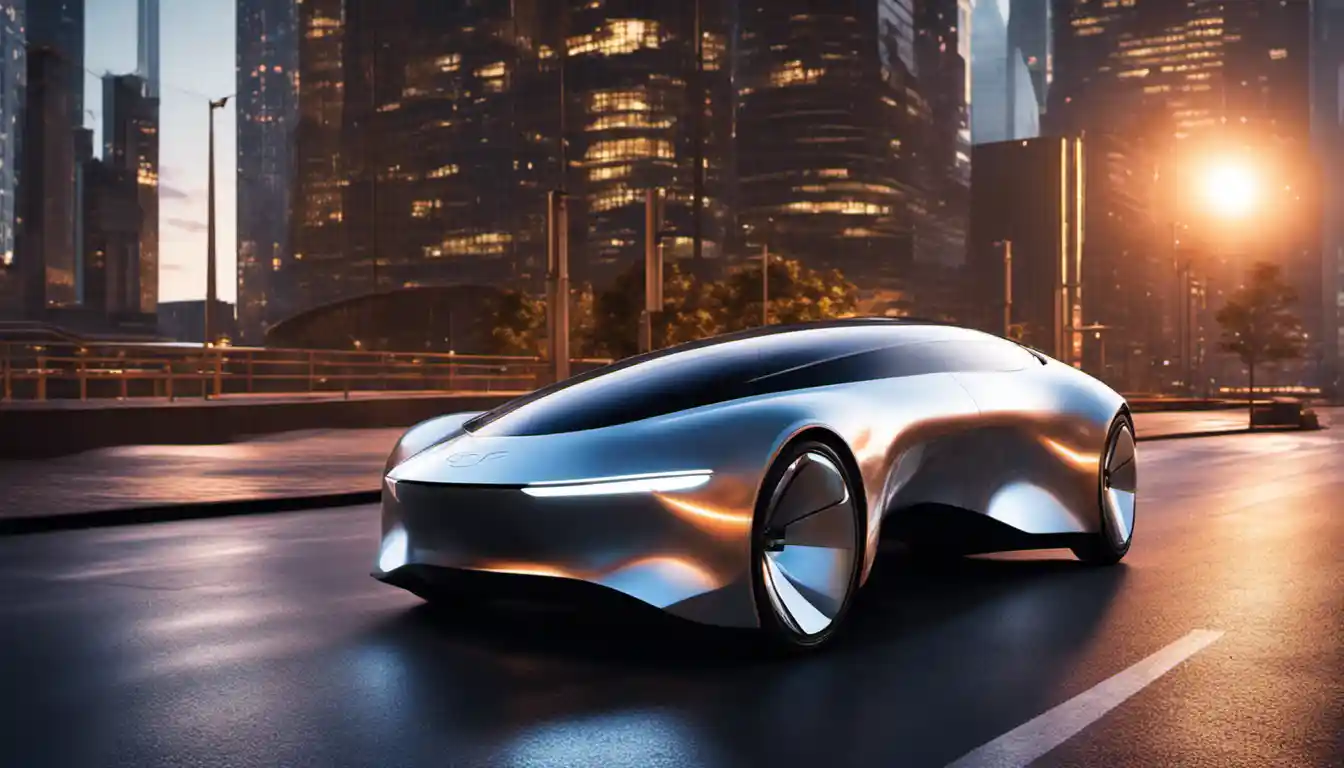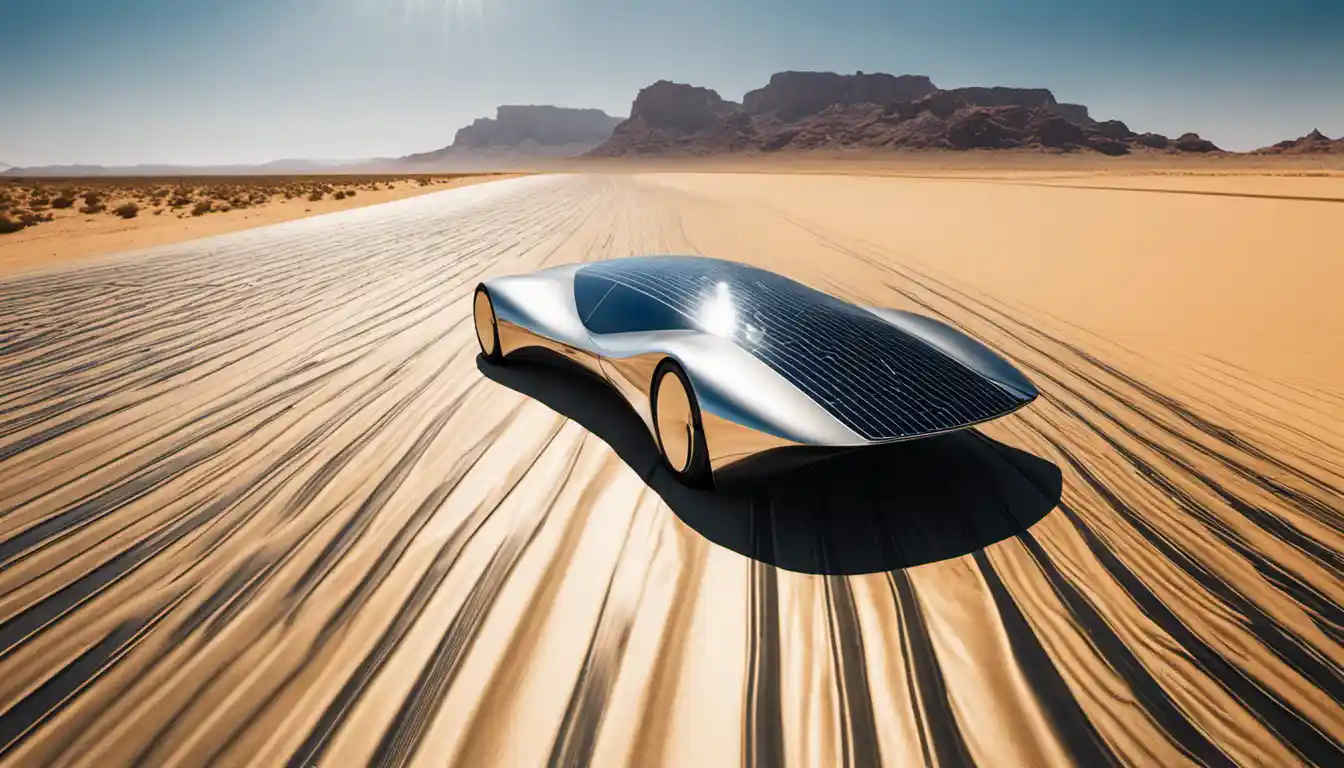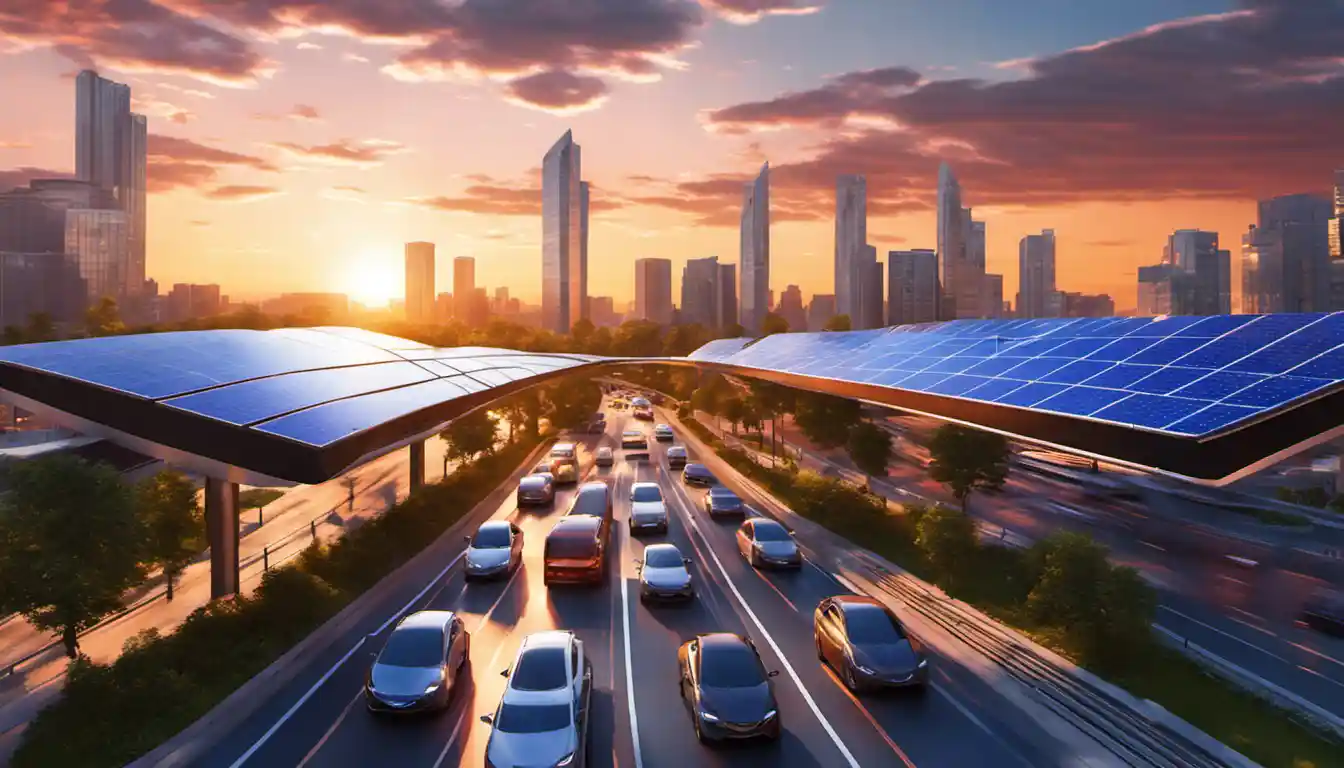How do Solar Cars Work at Night? A Comprehensive Guide to Understand Solar Vehicle Technology
Solar cars use solar panels to absorb sunlight and convert it into electricity, which powers the car. However, at night, solar cars rely on batteries which store the excess energy produced during the day. This stored energy can be used to power the car even when there’s no sunlight.
Introduction to Solar Cars
What is a Solar Car?
A solar car, at its core, is an electric vehicle. But instead of relying solely on a plug-in battery pack, these vehicles are initially powered by the cleanest renewable energy source out there – the sun. These self-driving power stations are incredibly futuristic and a marvel to observe on the road.
How Does a Solar Car Work?
As the name suggests, solar cars harness the power of the sun. This is done through an array of photovoltaic cells (PV cells) that are usually located on the roof of the car. These PV cells act like a green power plant, converting solar energy into electrical energy. Through a process known as the Photovoltaic Effect, they convert the photons in sunlight into electrons of direct current electricity. This energy is then used to charge the onboard battery pack or drive the motor directly, propelling the car forward.
Functioning of Solar Cars During the Night
Can Solar-Powered Cars Work at Night?

The question on everyone’s mind is – “How do solar cars work at night?” Or more precisely, “How do solar powered cars work at night?” The answer is quite simple. While the sun is a major power source for solar cars, it’s not the only power source. Here is where technologically advanced batteries come into play.
How Do Solar Cars Operate at Night?
During the day, while the car is running on solar power, excess energy produced is stored in the batteries. This reserve power comes in handy after dusk when the sun’s energy is unavailable. The batteries also play a vital role in ensuring the vehicle runs efficiently under changing weather conditions and varying degrees of sunlight.
Mechanism Behind Night-time Operation of Solar Cars
Role of Photovoltaic Cells in Night Operation
While the PV cells are idle at night, having done their job in the daytime, the car relies on the charged battery to function. It is essential to understand that while the sun triggers the initial charge, the conversion of this solar energy allows the vehicle to run long after the sunset.
Importance of Rechargeable Batteries for Night Functioning
High-capacity, rechargeable batteries are the lifeline of solar cars in the night. They store surplus generated during the day, which in turn powers the electric motor at night. This allows solar cars to keep running for several hours even when the sun isn’t shining.
Working of Solar Cars in Absence of Sun’s Energy
On rainy days or in heavy cloudy conditions when sunlight is minimal, the battery pack switches mode from storing excess energy to providing the necessary power for driving the car, ensuring it runs smoothly even in the absence of the sun’s energy. It’s all about efficiently managing energy – the ability to attain a healthy balance between consumption and storage. Visit our page on solar-powered vehicles for a more detailed look at this.
Advantages and Challenges of Solar Cars

Benefits of Solar Electric Vehicles
Solar cars produce zero emissions while operating and significantly reduce our dependence on fossil fuels. They introduce the potential for limitless, clean, renewable energy to power our future.
Challenges Involved in Driving a Solar Car at Night
While the concept of solar cars is revolutionary, there are a few challenges to navigate. For instance, not all geographic areas have abundant sunlight. Also, the potential dependency on sunlight can be tricky during winter months or prolonged periods of poor weather.
Solar Cars for the Future
Recent Developments in Solar Car Technology
With advancing technology, solar cars are no longer the stuff of our imaginations. Recent developments have led to the creation of more efficient PV cells and reliable batteries, improving the range and performance of these vehicles considerable.
How Can Solar Cars Be Made More Accessible?

Investing in better infrastructure, increasing public awareness, and governmental support can go a long way towards making solar cars a reality for many more people on a global scale.
Frequently Asked Questions
Night-time operation of Solar powered Cars
“How do solar cars work at night?” and “How does a solar car run?” remain the most common inquiries in our mailboxes. As illustrated, while solar energy fuels the vehicles initially, their operation is ensured by the fine balance between energy production, storage, and consumption.
Conclusion: The Future of Solar Cars and Night-Time Operation
Key Takeaways on the Operation of Solar Cars During Night
Solar cars rely on high-capacity rechargeable batteries at night, which serve as storage for extra energy produced during the day.
Final Thoughts on the Future of Solar Vehicles
With advancements in technology, solar cars are moving from the experimental stage to becoming a real-world solution for sustainable transportation. As more people ask “how do solar cars work at night”, and as the word gets out about how well they do work, indeed, the future of solar cars looks brighter by the day!



